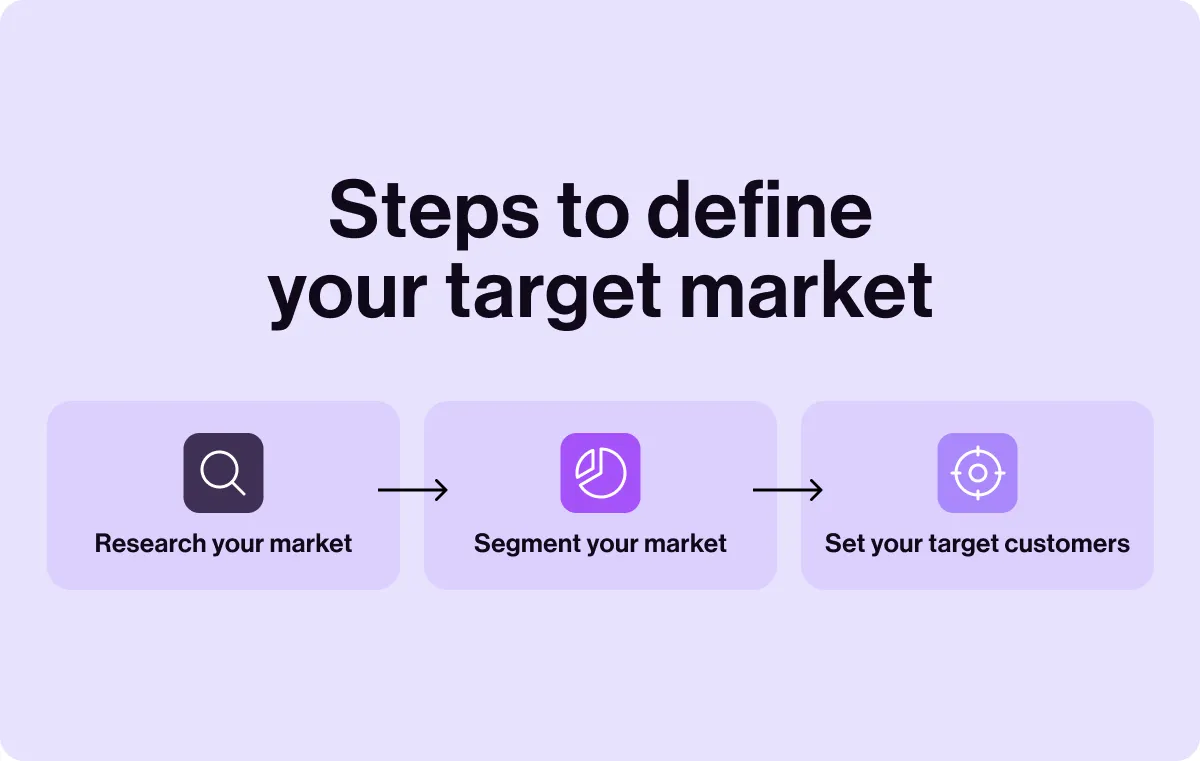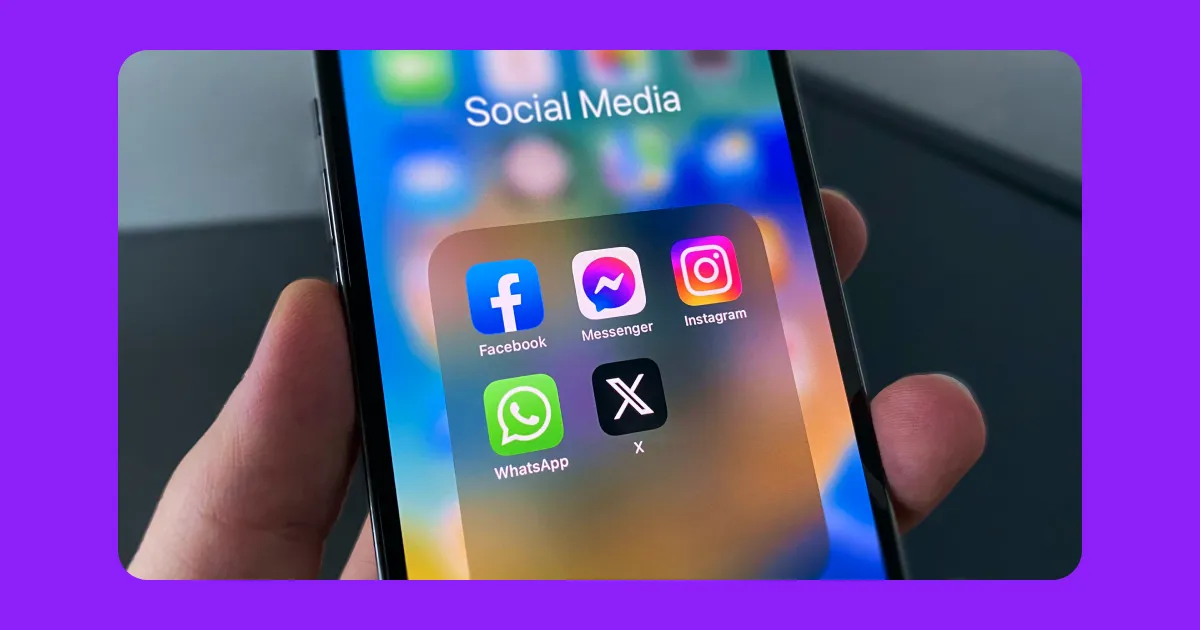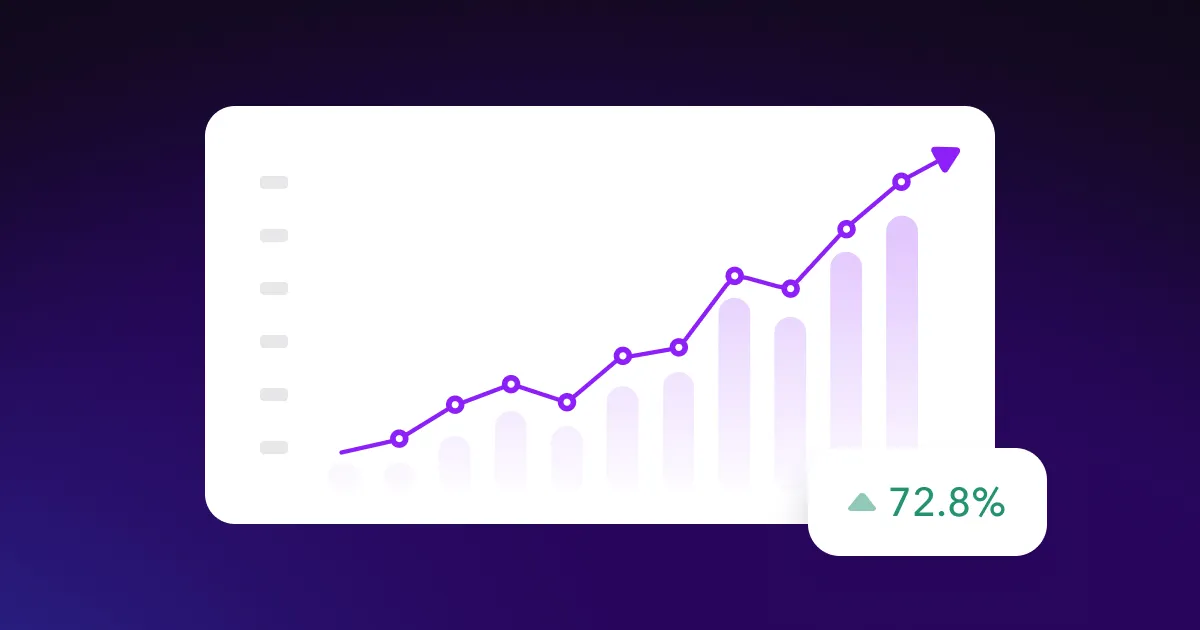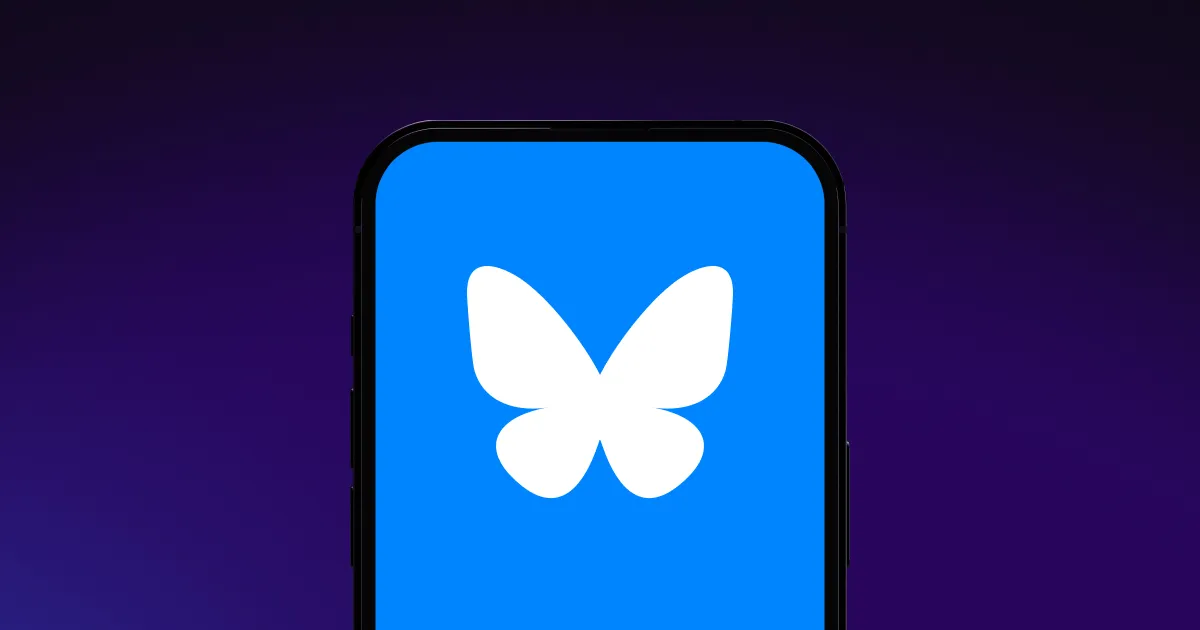Knowing What Your Target Market Is Matters
Understanding what your target market is allows you to craft effective ad campaigns. Once you learn how to define a target market, you can tailor content to your audience’s exact needs and interests, boosting sales.
In this guide, we’ll explain how finding your ideal audience tells you which targeted marketing strategies to try.
What’s a Target Market?

A target market is a group of people you identify as most likely to buy your product or service. When you understand who you’re targeting and why, you can tell your story and package your products or services in ways that appeal to them.
This understanding translates into video and other types of content that resonate with your audience on social media and in related marketing campaigns. Basing your ad campaigns on your target market’s characteristics, such as age, income, gender, and lifestyle, increases sales.
Understanding Target Markets, Segments, and Audiences
While these terms are related, there’s a distinct difference between them:
- A target market is the broader group of people you want to reach with your marketing — your ideal customers at a high level.
- A market segment is a smaller group within that market that shares specific traits, like age, profession, or buying behavior.
- A target audience is the specific group you're aiming to reach with a particular message, ad, or campaign, often based on one or more segments.
Say you’re promoting a grammar-checking software service. Your broader target market might include both professionals and students who write regularly. Within that, you might focus on the student market segment.
If your target audience for a specific campaign is college students preparing for final exams, you'd tailor your ads to highlight student discounts, mention test prep, and feature younger actors. These messages probably wouldn’t resonate with the professional audience — and that’s okay. You can run separate campaigns that speak to their specific needs instead.
4 Target Market Examples
The following target market examples focus on defining and serving the appropriate audience.
1. Organic Baby Food
When selling organic baby food, your target market is likely health-conscious parents of infants. To effectively connect with them, focus on how your baby food helps keep their little ones happy and healthy. Highlighting specific nutrition facts, comparing your ingredients to other brands, and offering behind-the-scenes insights into your manufacturing processes are all powerful ways to build trust with this audience.
2. New Video Game
Say you’re marketing a new video game to boys aged six to twelve. You’ll need to appeal to two distinct audience segments: The kids playing the game and the parents making the purchase.
To reach both, your messaging should strike a balance, highlighting how fun and exciting the game is for kids while reassuring parents that it’s safe, age-appropriate, and worth their trust.
3. Budget-Friendly Fitness Tracker
Imagine you’re targeting college students and young professionals who care about health and affordability. Both groups are young, budget-conscious, and often more focused on long-term fitness goals than older demographics.
Because they share so many priorities, there’s no need to create separate marketing materials for each group. Instead, you can build a single customer profile and tailor your messaging to speak directly to their shared values and needs.
4. High-End Skincare Line
Skincare has broad appeal, so narrowing down your target market can be challenging. For example, women aged 30–60 might all be interested in anti-aging products. Because this is a wide age range, you’ll want to segment your audience and tailor your messaging accordingly. Shoppers in their 30s may be more interested in prevention tips for fine lines, while those in the higher age range will likely focus on solutions for reversing existing signs of aging.
How To Define Your Target Market in 3 Steps

Follow these three steps to identify your target market.
1. Conduct Market Research
The more you know about your ideal audience, the better you can tailor ads to reach them. To develop this understanding:
- Use free online resources — Check Google Trends, built-in social media analytics tools, and consumer data sources like Statista to learn more about your ideal audience’s demographics and preferences. Learn where they live, what content they like to consume, and what interests they share.
- Rely on social listening techniques — Monitor social media and online forums, especially those that concentrate on your focus area, to understand how people feel about your niche and brand.
- Check with personal connections — Talk to friends, family, and your professional network to gauge interest in your product or service and learn how to sell it.
- Ask followers directly — Consider creating polls on sites such as Instagram and TikTok to get a general handle on social media trends and preferences.
- Review your competition — See which techniques work for your competitors, and tailor them to your specific audience.
2. Segment Your Audience
Once you know your target market, you can break it down into market segments. With a general sense of who your customers are — and how they’re different — you can create content appropriate for distinct social media channels.
For instance, you’ll produce a Facebook Live session differently than an Instagram Reel or TikTok post because these platforms have different audiences. Segments of your target audience might be on one platform and not the other. So, it’s essential to conduct market research to broadly define the groups of people you’re going after, then adjust your advertising and marketing efforts for each group.
3. Create Customer Personas
After you have a general sense of your target market and audiences, break them down further. Using the information you have collected, create consumer personas. These are fictionalized representations of your target customers. You’ll classify them based on demographic factors like age, gender, and location.
To get to know your fictional character better, ask the following questions:
- What do your target audience's daily routines look like?
- What are their personal and professional goals?
- What problems are they attempting to solve with your product or service? What are their pain points?
- How do your unique value propositions address their issues?
Through this process, you’ll develop a customer profile that can look something like this:
Robert is a twenty-something professional who lives in a rented condo in downtown Chicago. He uses Instagram to stay updated on what’s happening in the world and Facebook to keep in touch with friends. Robert is college-educated and loyal to companies that care about the environment. He won’t buy a product or service unless he thinks the provider matches his ethics and social values.
With this method, you can create different consumer or buyer personas for various target audiences and tailor your marketing strategy to these characteristic-based segmentations.
Target Your Market With Ease Using Captions
Whether you’re creating ads or social media posts, great content can seal the deal with a customer base you have worked so hard to know. Captions’ tools help you generate content that develops and promotes your brand.
Our Promo Video Maker uses AI to create ads and video promos that fit your business and brand. Additionally, with the Marketing Video Maker, you can create personalized videos that explain why your ideal viewer should buy your product or service. Input your product link into either tool, and Captions does the rest, taking your website and turning it into promos that turn views into sales.
Improve your marketing efforts with Captions.









